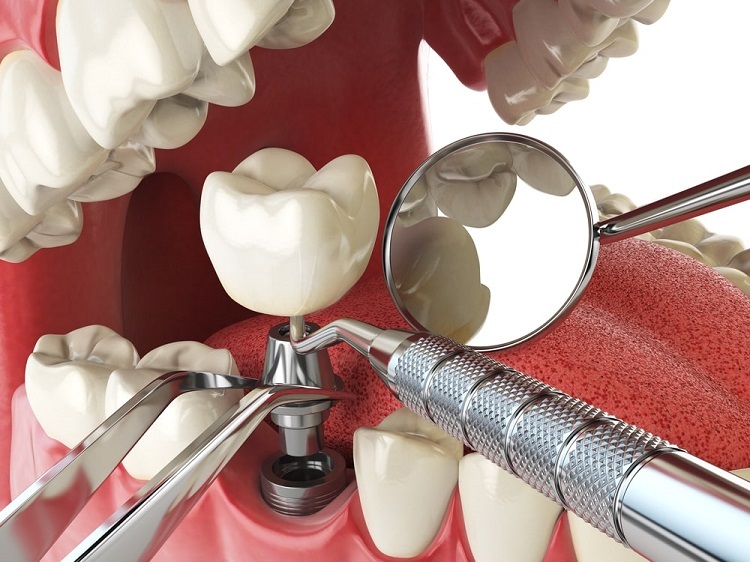How 3D Imaging is Beneficial for Your Dental Implant Surgery

When choosing a dentist for your Burke dental implants surgery, you need to ensure that they have access to the latest dental tools. The dental world is constantly evolving, and scientists keep coming up with new ways to provide efficient and painless treatment. One of them is 3D imaging.
3D imaging allows the dentist to develop a 3D image of your skull and teeth. A 3D image of your teeth allows the doctor to conduct accurate treatment planning. Not only is this method more beneficial than traditional 2D images, but they also protect you from radiation.
Table of Contents
Benefits of 3D imaging:
Beam limitation.
Radiation exposure is harmful to humans. It causes risks of burns and even long-term illnesses like cancer. However, radiation is essential for creating an x-ray image of organs. In traditional 2D images, the exposure extent was greater and thus, posed more risks. 3D imaging uses advanced technology that limits the radiation beams only to the areas of concern.
Image accuracy.
The 3D images created by the CBCT machine produce highly accurate outcomes. This helps the dentist diagnose the dental situation, understand the patient’s tooth structure in detail, and create an advanced and improved treatment plan. 3D images also help the dentist understand potential risks after the surgery.
Prediction of complications.
3D images allow the dentist to perform the procedure virtually before actually doing it on the patient. This helps the dentist understand how to carry out the procedure, identify mistakes in their operation and understand further complications after the surgery. Without 3D images, the dentist would not have been able to understand certain important things.
Makes the process less invasive.
Before the invention of 3D imaging, doctors had no way to understand the deeper structures of your mouth and thus had to make big incisions to understand where and how to place the dental implants. With the help of 3D imaging, the doctor can take a closer look at your mouth without making such incisions.
Reduction of blood loss.
The 3D imaging process helps your dentist understand the structure of your teeth without making big incisions. Therefore, only small incisions are made, which reduces blood loss significantly. The vital parts of your mouth are left untouched, and there are also fewer chances of complications.
Quicker recovery.
As the dentist makes a small and limited number of incisions, very little damage is done, and your mouth can heal faster. You will also not feel extreme pain after the surgery. The pain should only last for a couple of days.
Assessing bone quality.
Before you go through dental implant surgery, it is essential to determine whether you are a good candidate for the procedure. A CBCT machine allows your dentist to examine your jawbone quality to determine whether you are fit for the treatment.
Infographic created by RevPart – Plastic Injection Molding
Leave a reply
You must be logged in to post a comment.



















